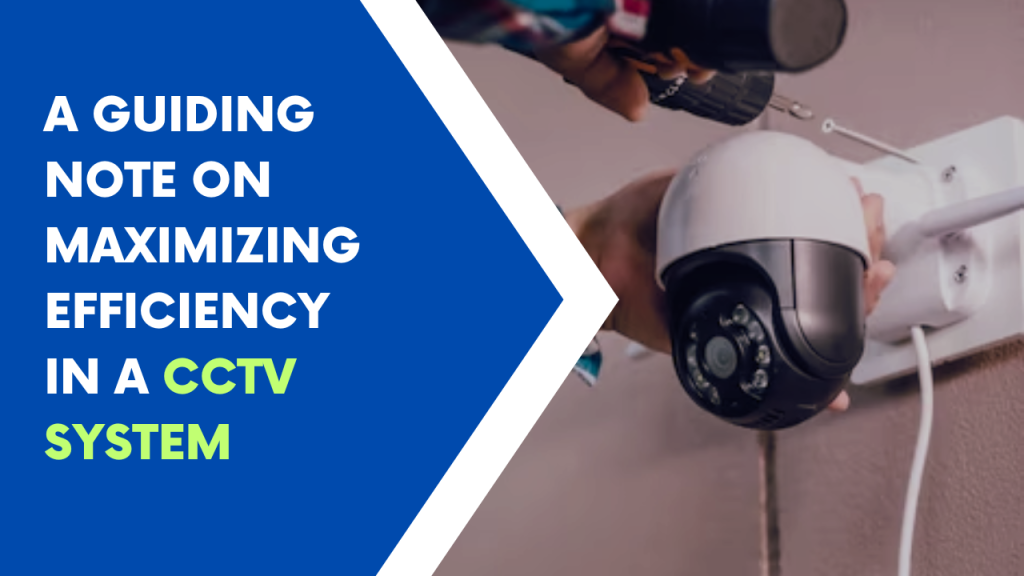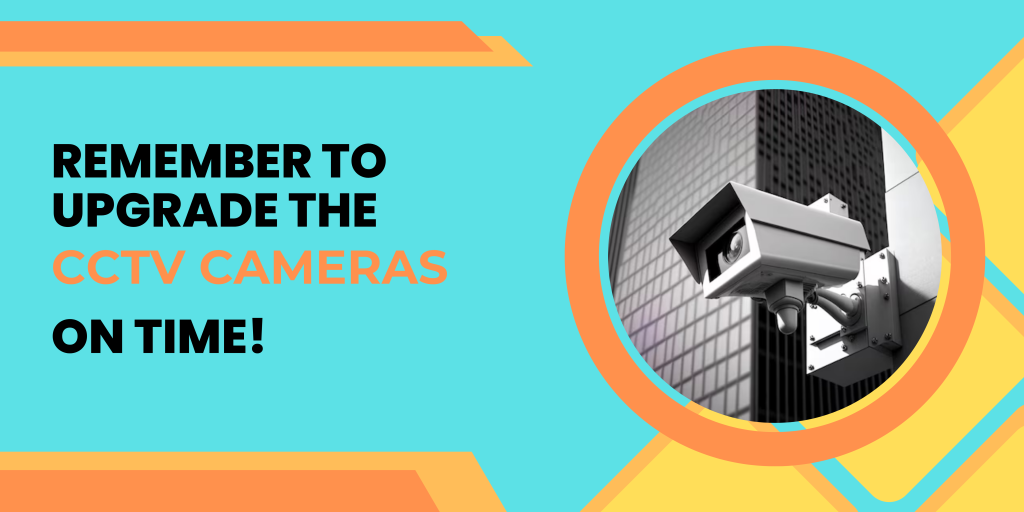
A well-designed network that can manage the demands of sending and storing massive amounts of video data is necessary for maximizing efficiency in a CCTV system. Network diagrams are essential to this efficiency because they give the system a visual representation and make it possible to spot any problems right away. In this post, we’ll look at how network diagrams can increase the effectiveness of CCTV systems and give a step-by-step tutorial on how to draw one.
The Advantages of CCTV System Network Diagrams
For CCTV systems installed at every property in Perth, network diagrams have a number of advantages, including:
1. Gives A Visual Depiction Of The System
A network diagram enables you to see the configuration of the system, including the positioning of cameras, cabling, switches, and other components. It is simpler to comprehend how the system operates and how data moves between the various components thanks to this visual portrayal.
2. Makes It Simple To Spot Possible Problems
A network diagram makes it simple to spot potential bottlenecks, such as places where the system might be overcrowded or where data transmission rates might be poor. This makes maintaining the system and troubleshooting problems simpler.
3. Enables Rapid Troubleshooting
If a problem develops in the system, a network diagram can be utilized to identify the problem’s root cause. When compared to troubleshooting without a diagram, this can save time and resources.
4. Promotes Effective Communication Among Stakeholders
A network diagram gives system users, such as installers, IT employees, and security professionals, a consistent visual language. This can make sure that everyone is on the same page and enable good communication.
Let’s now examine a CCTV systems network diagram’s elements in more detail.
CCTV Network Diagram Elements
You must include every part of the system in your CCTV network diagram to make it functional. These are the main factors to think about:
1. Cameras:
The cameras themselves should be the first thing taken into account. Each camera’s location, field of view, and any other pertinent information, such as whether it is an inside or exterior camera, must be listed.
2. Cabling:
Another essential part of a CCTV system is cabling, and your network diagram should show the location of each cable as well as the cabling’s type, such as Ethernet or coaxial.
3. Switches:
Switches are in charge of tying the cameras and other system parts to the network. Your network diagram has to show where each switch is located as well as how each one is connected to other switches and the NVR.
4. Network Video Recorders (NVRs):
Network video recorders (NVRs) are in charge of controlling and storing the video data gathered by the cameras. Each NVR’s location and the connections between them and the other components of the system should be shown on your network diagram. You can build a thorough depiction of the system that can be utilised for troubleshooting, maintenance, and upgrades by incorporating all of these components in your network diagram.
Network Diagram Design for Your CCTV System
After discussing the elements of a CCTV network diagram, let’s see how to make one in more detail. Here is a detailed instruction:
1. Compile Information
The first step is to compile all the data you require, such as the locations of switches, cabling, cameras, and NVRs. Working with IT or security employees may be necessary to collect this data.
2. Select A Diagramming Tool:
A variety of network diagramming tools, from straightforward internet tools to more sophisticated applications, are available. Select a network diagramming programme based on your needs and level of experience.
3. Create A New Diagram:
Open a new diagram in your preferred tool and choose a CCTV network diagram template.
4. Add Components:
Begin by including the cameras in the diagram before moving on to the cabling, switches, and NVRs. Use distinct colours or shapes to distinguish between various component kinds, and be sure to clearly name each component.
5. Connect The Components:
Now that all of the components have been added, it is time to connect them. To show the links between cameras, switches, and NVRs, use arrows or lines.
6. Add Additional Details:
Add any other information that is pertinent to your system, such as IP addresses, port numbers, or other technical information.
These procedures will help you build a thorough network diagram that you can use to optimise the performance of your CCTV system.
Network Diagrams: Using Them to Increase Efficiency
Now that your CCTV system has a network diagram, you can utilise it to pinpoint potential problems and enhance it for optimal effectiveness. Here are a few advice:
1. Locate Bottlenecks:
Use your network diagram to pinpoint any locations where the system might be congested or where data transmission rates might be slow. This may include switches that are overloaded with traffic or cameras that are sending out excessive amounts of data.
2. Enhance Component Location To Increase Efficiency
Once you’ve located possible bottlenecks, you can enhance component arrangement. To accommodate the traffic, you might need to add more switches or relocate cameras to limit the quantity of data they transmit.
3. Consider Future Expansion:
Your network diagram should allow for future expansion. You might need to add more cameras, switches, or NVRs as your system grows. You can make sure that your system remains effective and scalable by including future expansion in your diagram.
4. Standardize Parts:
Lastly, standardizing parts can increase productivity and lower maintenance costs. It may be simpler to diagnose problems and maintain your system over time if you use the same kind of camera or switch throughout.
You can make sure your CCTV system is performing at its best by using your network diagram to spot any problems and optimize your system.
The effectiveness of CCTV systems can be greatly increased by using network diagrams. Network diagrams enable fast identification of possible issues and promote efficient communication among stakeholders by giving a visual depiction of the system. You must include all of your system’s essential elements in your network diagram, such as your cameras, cabling, switches, and NVRs. A network diagram can be used to locate bottlenecks, position components optimally, plan for future expansion, and standardize components for greater efficiency. These recommendations will help you get the most out of your investment by ensuring that your CCTV system is working at its best, lowering maintenance expenses.

